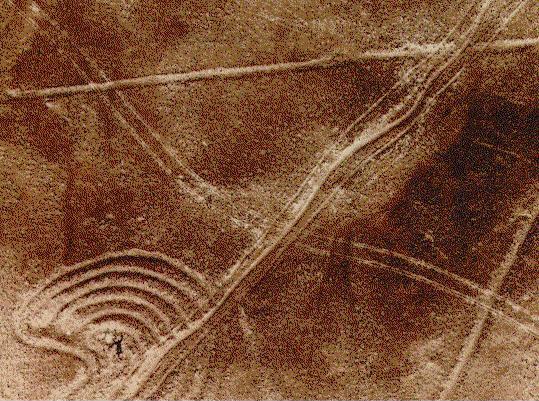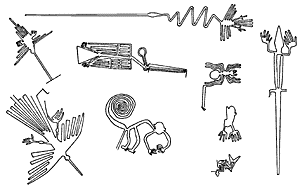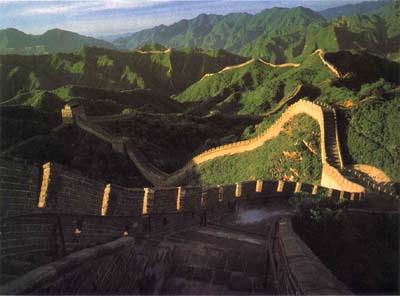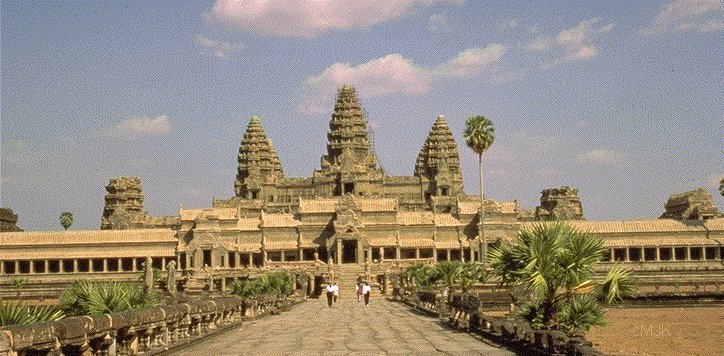
 |
|
|
References
Illusion of Gaia is saturated with references from around the globe, mostly of mythical and enigmatic geographical phenomena. Here's a list of the places you'll see in the game which also exist in real life.
First off, there's South Cape, the town you start in. It's been brought to my attention thatCape Town (named after the Cape of Good Hope) is the capital of South Africa. There just might be something there.
Next is the town of Freejia. This might be a misspelling of Phrygia, the city ruled by King Midas, the king who in Greek legend prayed that everything he touch turn to gold, but was rebuffed when not only could he not eat anything, his own daughter ended up as a statue.
Next we come to the Nazca Plains. These chalk-like drawings stretch across Peru; their designs were made by the Nazca people more than 1,500 years ago. They can be seen from over 1,000 feet in altitude to actually form pictures. Interestingly enough, there's an airline called Air Condor which offers tours above the Nazca plains.


Next is the reference to the sunken city of Mu. Today the names of Lemuria and Mu are used interchangeably for the lost continent in the Pacific described by Mayan texts and the Indian bible. Originally these islands were located in two separate oceans; Lemuria, in the Indian Ocean and Mu in the Pacific.
While trying to explain the distribution of lemurs (they can be found in many countries, some quite far apart from each other) some scientists proposed the existence of a land mass they called Lemuria. Lemuria served as a Bering Strait for the animals in the region. Without any evidence to confirm their theory it would have collected dust if it had not been picked up by the occultists. Madame Blavatsky claims Mu as the motherland of the human race; it was on Mu that the Root race took form. (quoted from ?)
Next is the Great Wall of China (or, as the game calls it, China's Great Wall). This structure stretches for over 4,500 miles and is over 2,000 years old; it's the only man-made structure visible from space. For an excellent history of the Great Wall, try looking here.

Next is Angkor Wat (or as the game calls it, Ankor Wat). This is an ancient and magnificent palace in Cambodia (a country in southeastern Asia), built by Suryavarman II (1113-c. 1150).

Next is the Pyramids, which everyone should recognize; they still exist in Egypt and some are over 4,000 years old. They are the only one of the Seven Wonders of the Ancient World still intact.
Finally is the Tower of Babel. This tower was mentioned in the Bible as the tower from where people tried to defy God by reaching heaven (in the plain meaning, anyway). The name comes from the Hebrew "balal", "confuse", because as punishment God caused everyone to speak different languages.
One last thing: the "Russian Glass" game, where one of the glasses is poisoned, resonates with a similar game called "Russian Roulette". A six-bullet gun is loaded with a single bullet, then the barrel is spun. The poor sod raising the gun to his head has no idea if he'll open his eyes or not.